(2713 products available)






























































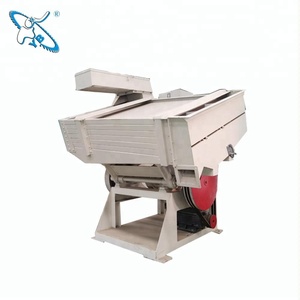

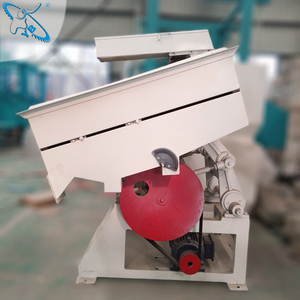









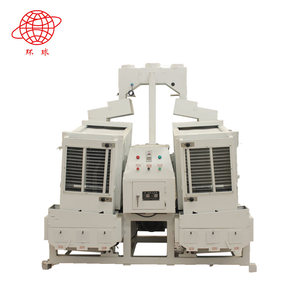












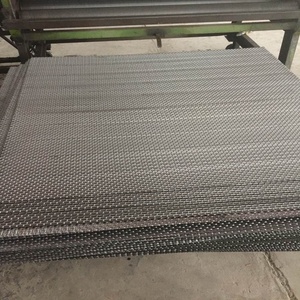












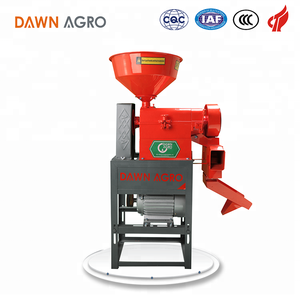
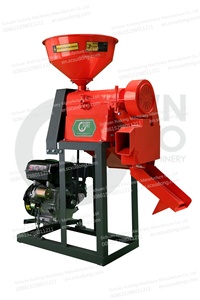


















































































































Paddy separators are machines that separate unhulled paddy grains from fully hulled milled grains. Different types of separators are based on various principles, including air flow, vibration, buoyancy, density, and specific gravity.
Rice milling factories are the primary users of paddy separators. In these factories, paddy separators are used to separate the rice husk (paddy) from the brown rice. This is the very first separation carried out when the unhusked rice enters the factory for processing. Not only does the paddy separator separate the rice types, but it also separates other grains and impurities. The paddy separator has the ability of distinguishing grains of different sizes and shapes. Therefore, it separates other grains like wheat and corn from rice. It can also separate other impurities like straws and stones from the rice.
Restaurants that operate their own rice milling factories utilize paddy separators during the rice milling process. This is mostly the case for restaurants located in rice-producing regions. The restaurant's aim is to provide its customers with fresh rice. In this case, the paddy separator is used to separate paddy rice from brown rice. Supermarkets that sell processed rice can also have small milling factories with rice separators. Customers will most likely prefer a type of rice with no paddy or rice hull in it.
Small-scale rice farmers who have their own rice milling equipment also use paddy separators to prepare their rice for sale. They are often separated in small quantities and for local sale only. In some cases, these farmers may choose to sell their rice directly to consumers and not through supermarkets or other vendors. When farmers use a paddy separator to process their rice and sell it directly, they can fetch a higher price for their product.
International trade companies that import and export rice utilize paddy separators when preparing rice for export or import. The companies aim to provide a product that meets the customer's expectations. A paddy separator can be used to ensure only high-quality rice is exported to clients who are overseas.
Food processing firms that produce rice flour also use paddy separators when processing rice. The firm separates the unwanted paddy rice from the processed rice flour. The rice flour is then utilized to produce various food products like snacks and bakery items. Agricultural universities and research institutes also use paddy separators for educational purposes. They may carry out experiments and studies on the efficiency and functionality of the paddy separator.
While buying paddy rice separators, a few important factors should be considered to ensure the ideal purchase for rice milling units or paddy fields.
Prioritize Separator's Purpose and Desired Output:
It is crucial to recognize the distinct models of paddy separators available, each tailored to separate paddy rice differently. Some may focus on separating paddy rice from partially filled paddy rice, while others specialize in separating paddy rice from straw or other unwanted materials. Therefore, the choice of the separator should align with the particular purpose of separation and the desired output quality for the rice mill.
Separator's Capacity:
The potential separator user's rice mill or paddy field size directly corresponds to the required capacity of the separator. It is vital to select a separator with an appropriate capacity to accommodate the existing scale of operations effectively.
Separator's Efficiency and Type:
In the market, various models of paddy rice separators exhibit distinct working efficiencies based on their design and mechanization. Some separators may operate manually, while others are fully automatic. It is essential to familiarize oneself with the different types of separators available and choose the one that aligns with the desired level of mechanization and efficiency for the rice milling process.
Separators' Maintenance:
Like any other machine in the rice mill, paddy separators also require regular maintenance to function optimally. Small separator manufacturers often offer limited maintenance services compared to large rice mill manufacturers. Therefore, it is important to consider the maintenance services provided by the separator manufacturer and ensure that appropriate support will be available when needed to sustain the separator's performance over time.
Quality of Material Used in Separator Construction:
The lifespan and durability of a paddy separator heavily depend on the quality of materials used in its construction. Separators built with low-grade materials may be more affordable initially but are likely to experience wear and tear rapidly, leading to frequent replacements. Investing in separators made from high-quality, durable materials can ensure their longevity and reduce the long-term maintenance and replacement costs.
Q1: How accurate are paddy separators?
A1: Modern paddy separators have an accuracy of over 95%. However, this may vary depending on rice characteristics, separator types, and grain input conditions.
Q2: What is the separator's output of paddy rice separators?
A2: The typical output of paddy rice separators ranges between 1 to 5 tons per hour, depending on the rice separator model and separator rice processing unit it is integrated with.
Q3: What are the trends of paddy separators market?
As the world's population grows, the demand for rice increases. This will demand more separators, especially modern ones, for efficient and quality rice milling.
Q4: What are the separator adjustments required for?
A4: Adjustment is necessary when separating different rice varieties, changing rice moisture content, and aiming for specific separation accuracy and throughput.